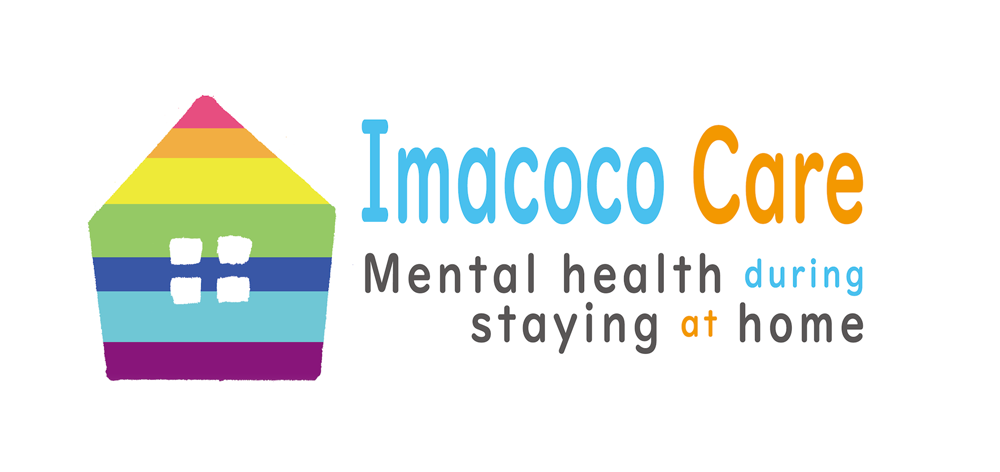This article introduces the mechanisms by which a person’s behavior influences their mood.
The figure below shows the cases of Mr. Sato, Mr. Suzuki, and Mr. Takahashi, who were introduced in the previous article, organized from the following three variables: the situation in which the person is placed, the behaviors taken by the person, and the consequences.
The connection between behaviors and results
NS_2.png)
As shown in the figure, a person’s behaviors affect his/her consequences (in this case his/her mood). Taking stock of your current situation, what you are doing, and the consequences of your actions is the first step to keeping your mind energized when you are feeling stressed or when things are not going well.
Check the connection between your behaviors and the consequences!
Next, reflect on your life patterns right now and practice catching the connections between the behavior patterns you do well in certain situations and the consequences of those behaviors. Using the diagram above as a reference, try to fill in the following diagram with “your current situation” (especially a troubling or stressful situation), “the behaviors you are taking” in that situation, and “the consequences”. We recommend that you get a piece of paper and a pen and try to write it out.
NS_4.png)
You can also download the worksheet.
Reflections
Does it make sense to you how “behaviors” lead to “consequences” when you to look back at your life patterns?
This indicates that if you change your behaviors, your consequences may change. Changing your behaviors is the most important part of working on ways to keep your mind energized.
If the behaviors you are doing are linked to a positive mood leading to pleasure or mastery, you can continue with those actions in the future.
On the contrary, if you are connected to a negative mood such as anxiety, depression, or irritability, you can consider changing your mood by taking on other behaviors.
The next article shows how to consider safe activities that don’t fall under the “three Cs” for a range of behaviors.




